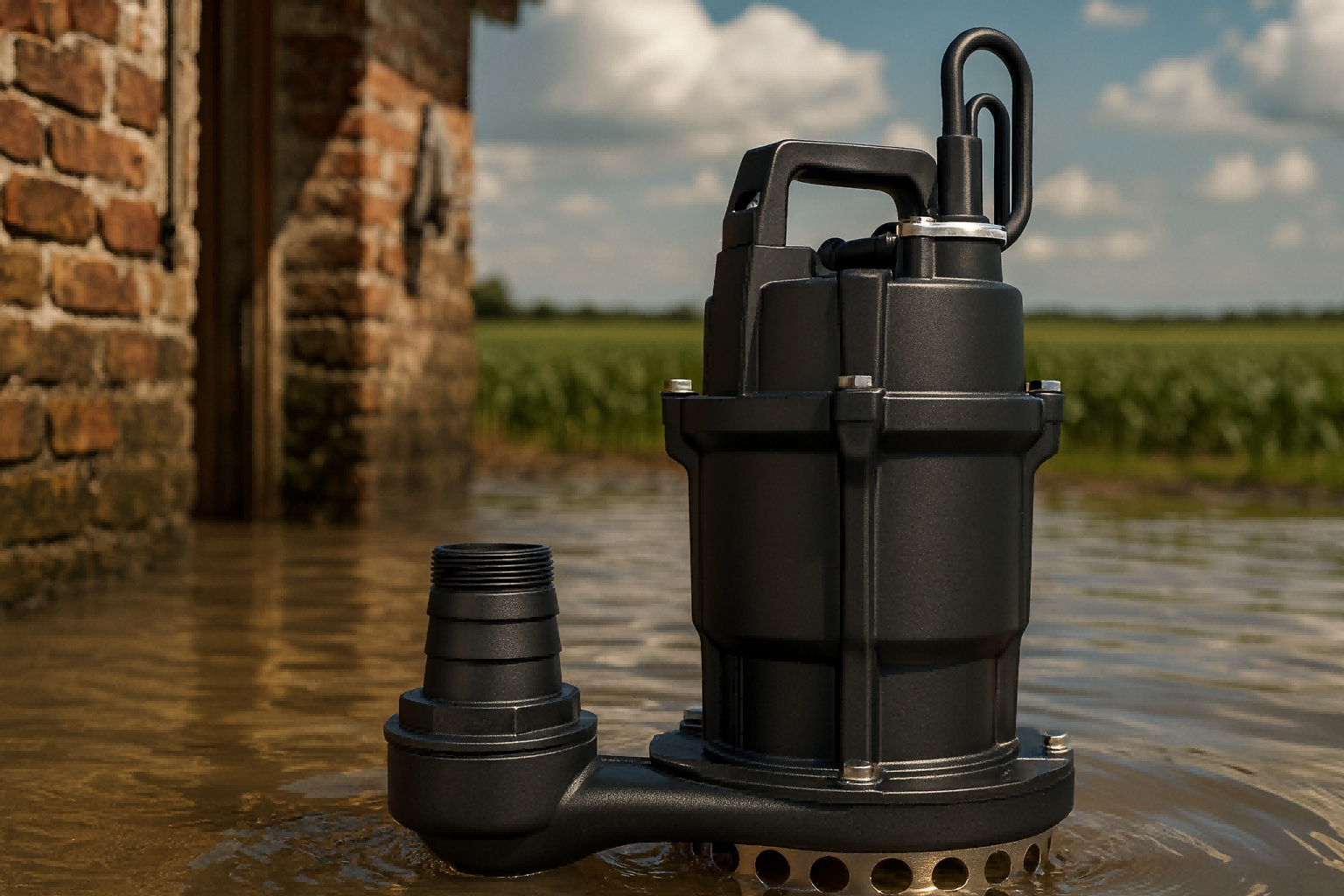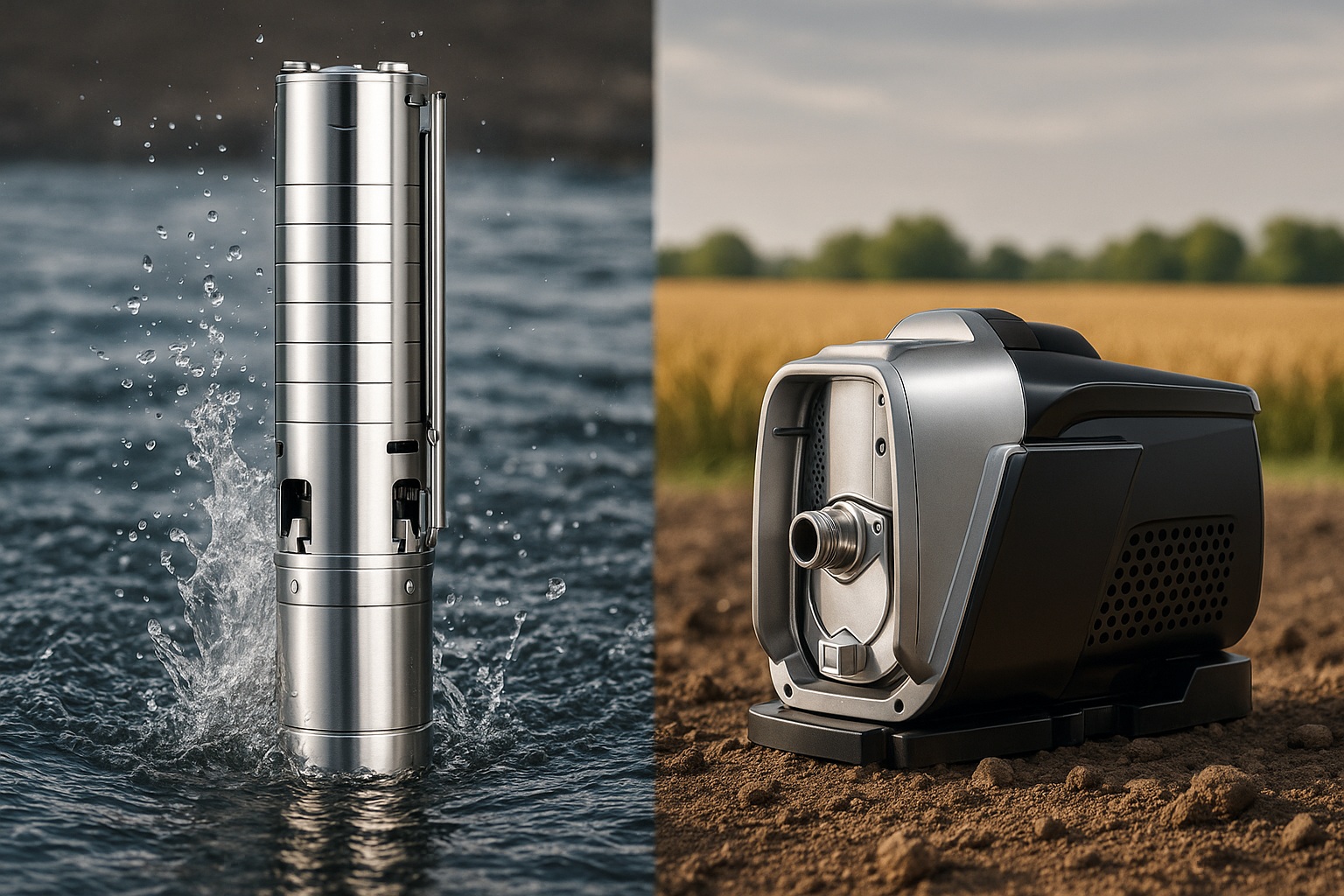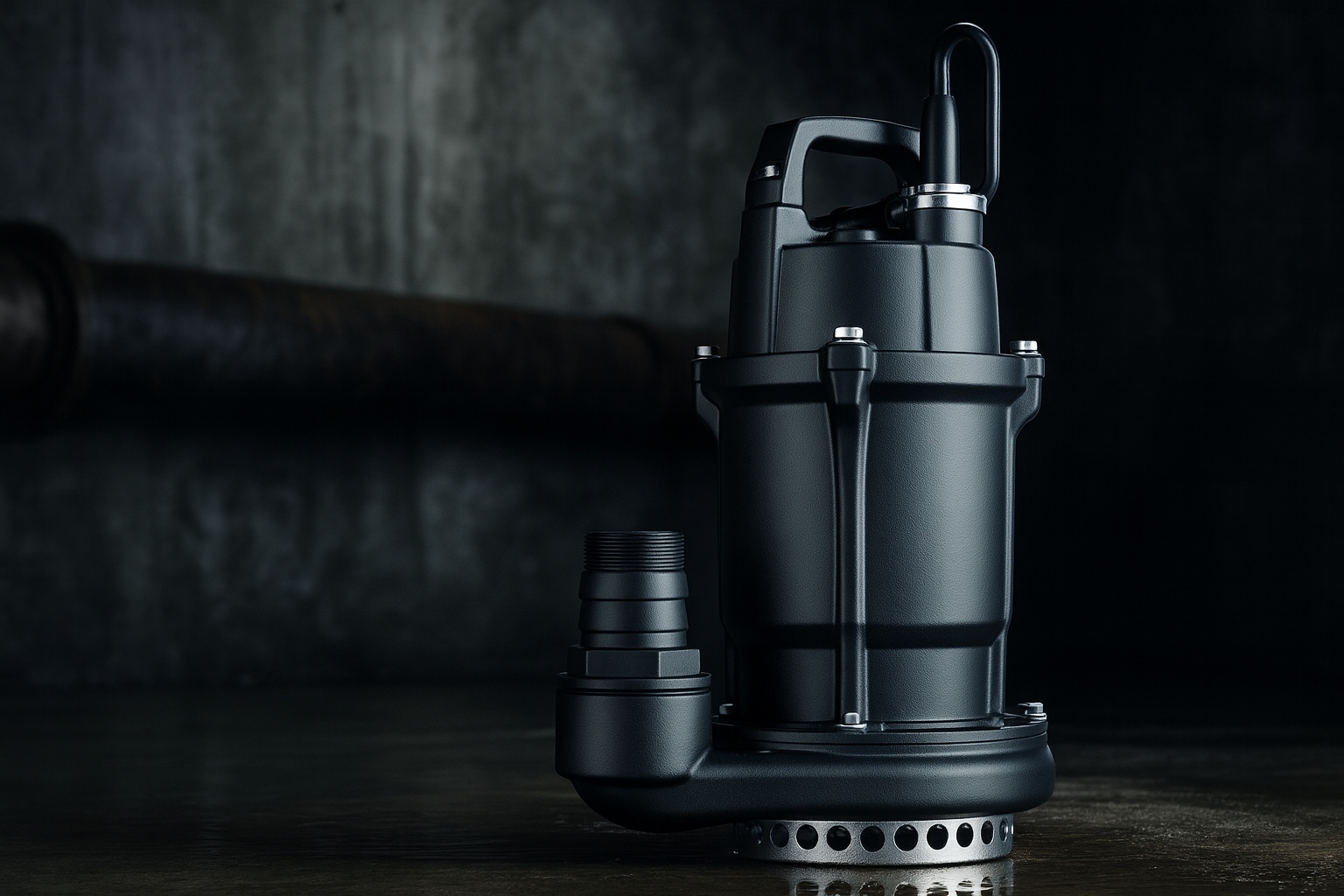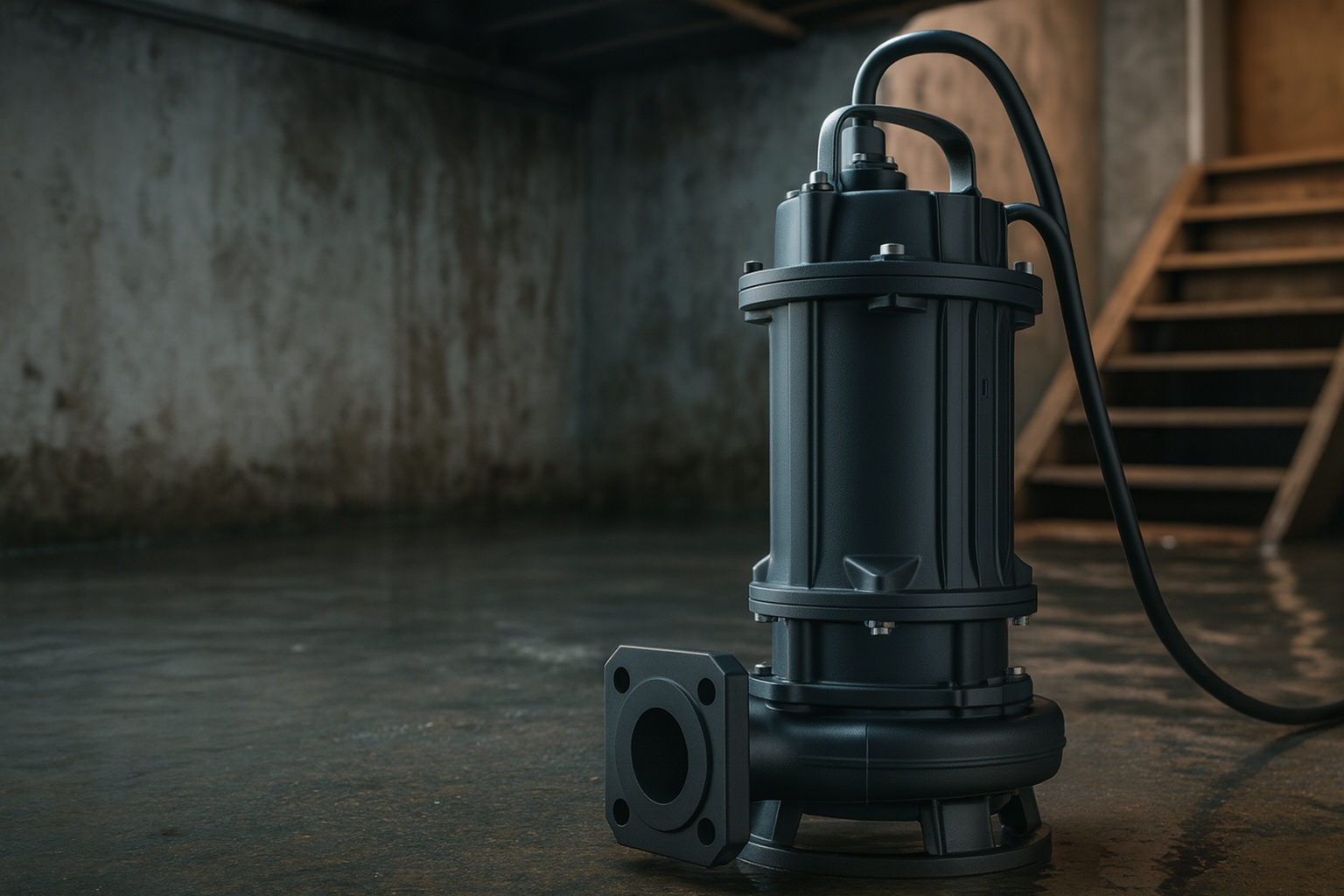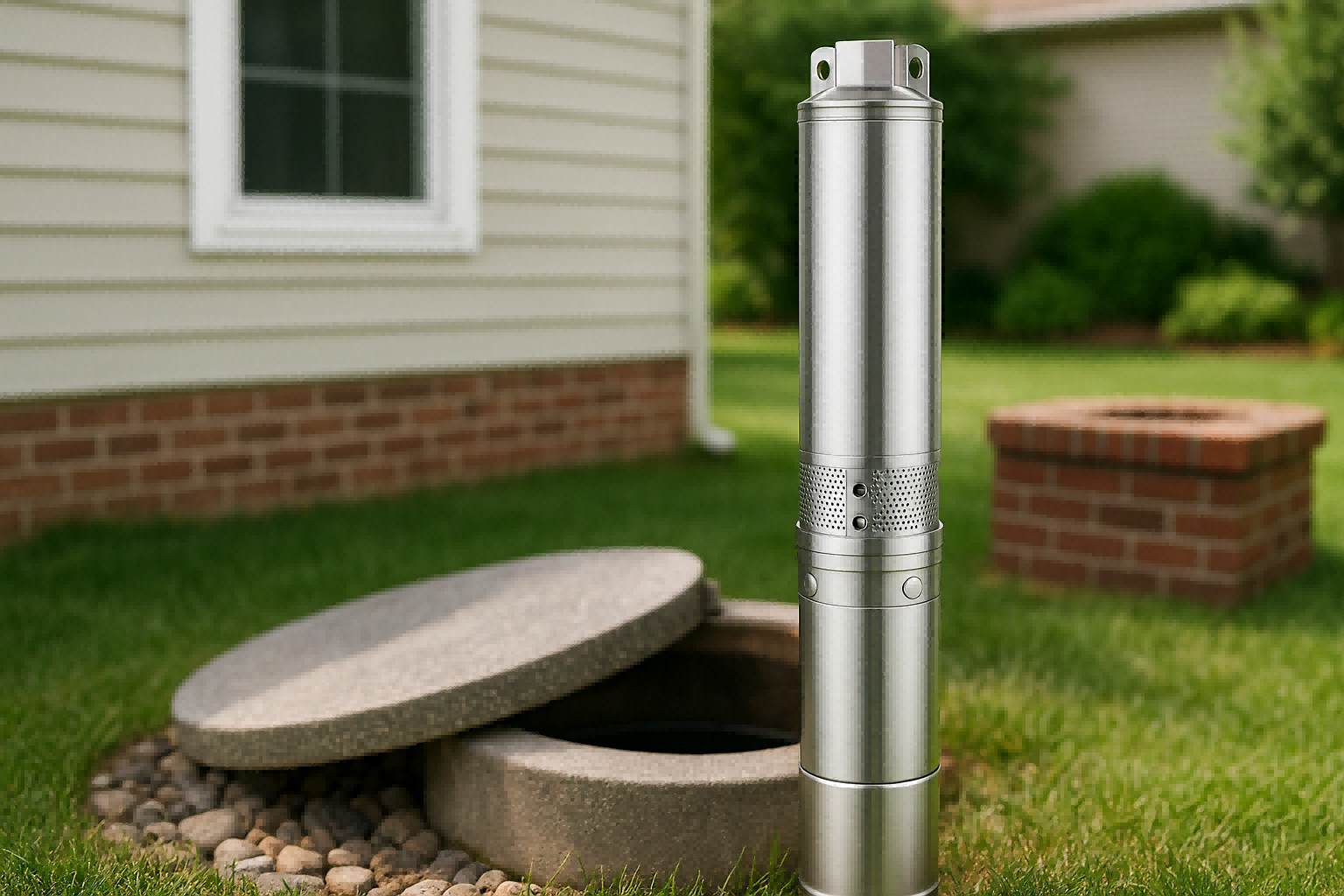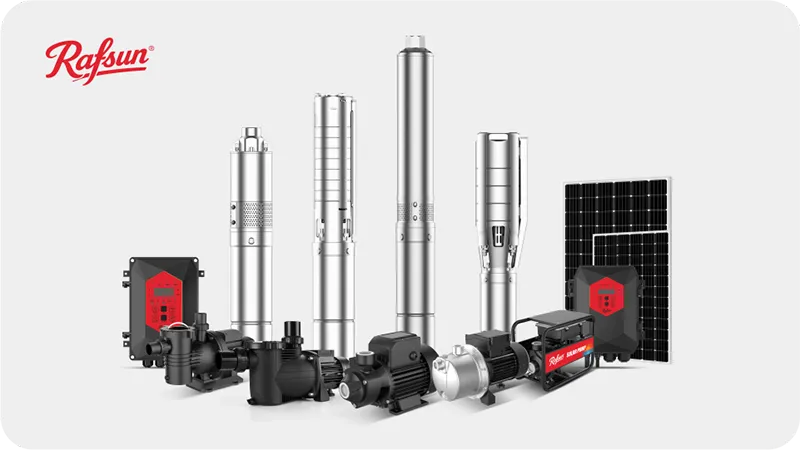Worried your solar pump might suddenly stop? Neglecting it can be costly and leave you without water. But keeping it running is straightforward with just a few simple checks.
Maintaining a solar water pump is simple. Regularly clean the solar panels to ensure maximum sun exposure. Check all electrical connections for tightness and corrosion. Finally, inspect the pump's water inlet to keep it clear of any debris or sediment. These few steps ensure long-term reliability.
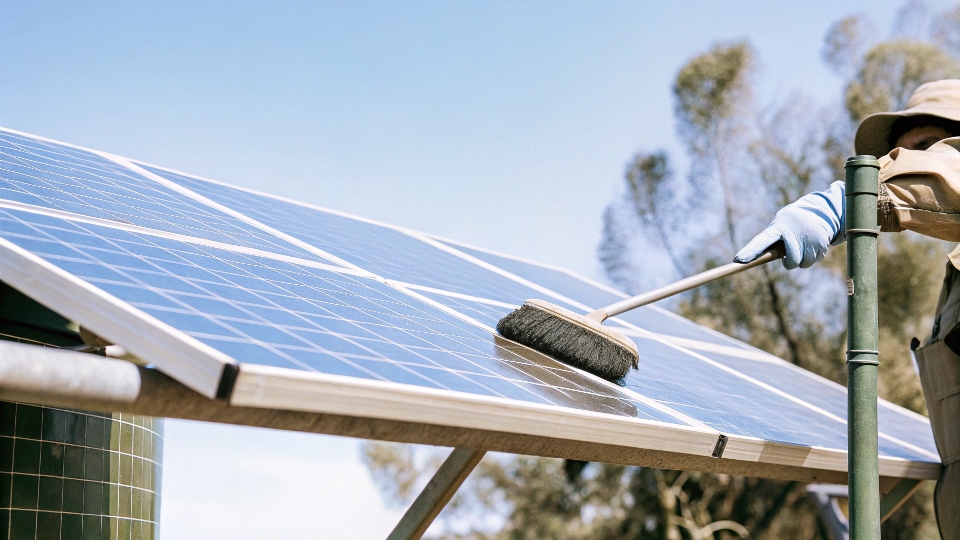
These maintenance steps are key to a long-lasting system. But before we explore them in more detail, it is important to remember why you chose a solar pump. Understanding the benefits reinforces why a little bit of care goes a long way. Let's start with the advantages.
What are the advantages of a solar water pump?
Are you tired of expensive fuel and high maintenance for your water pump? These endless costs can drain your resources. A solar water pump offers a clean, sustainable, and better solution.
Solar water pumps save energy and are eco-friendly. They are easy to install and maintain, often operating automatically without needing someone there. This makes them perfect for getting water in remote or dry areas, giving people a clean and sustainable water supply.
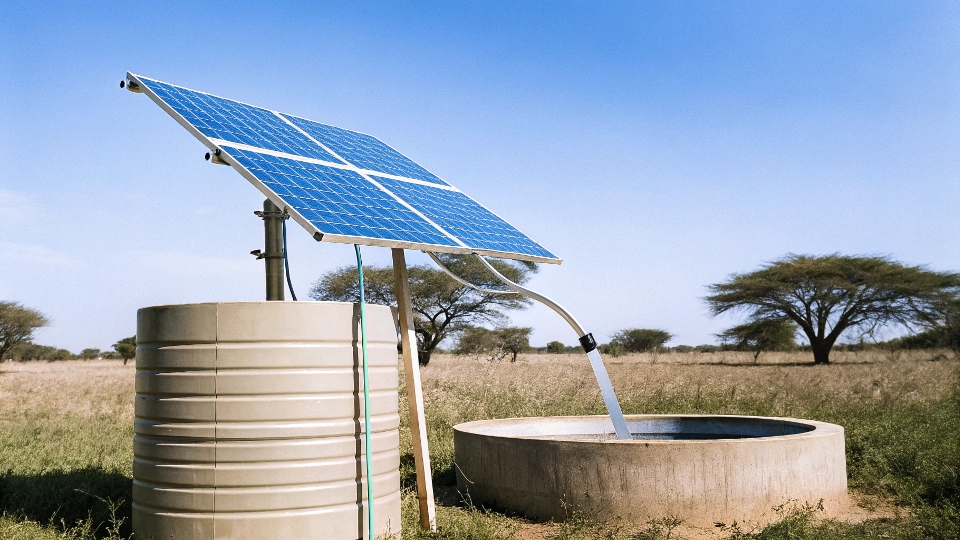
Over my ten years in this industry, I have seen communities transform by switching from diesel to solar pumps. Diesel generators have many moving parts. They need service every month and a major service twice a year. This is costly and difficult, and generators also run on expensive fuel that pollutes the air. Solar is simply better.
The Real Cost of Water
People often tell me that solar panels are too expensive. But prices have dropped by 80 percent in the last seven years. A solar system does have a higher initial cost. But a diesel generator needs continuous payments for fuel, maintenance, and replacement parts. Solar energy is free. Over the 25-year life of the panels, the total cost for solar is much lower.
A Simple Comparison: Diesel vs. Solar
| Feature | Diesel Generator Pump | Solar Water Pump |
|---|---|---|
| Initial Cost | Lower | Higher |
| Fuel Cost | High and Ongoing | Zero |
| Maintenance | Frequent and Costly | Minimal and Simple |
| Lifespan | 5-10 years | 25+ years (for panels) |
| Environmental | Emits CO2 | Clean and Sustainable |
How do you maintain a solar water pump?
Are you unsure how to properly check your solar pump system? Small oversights can lead to system failure when you need water the most. Following a simple, regular checklist keeps everything running smoothly.
For proper maintenance, create a routine. Clean solar panels monthly. Inspect all wiring for damage or loose connections. Check the pump's inlet screen for clogs. Also, listen to the pump while it is running for any unusual noises that might signal a problem.
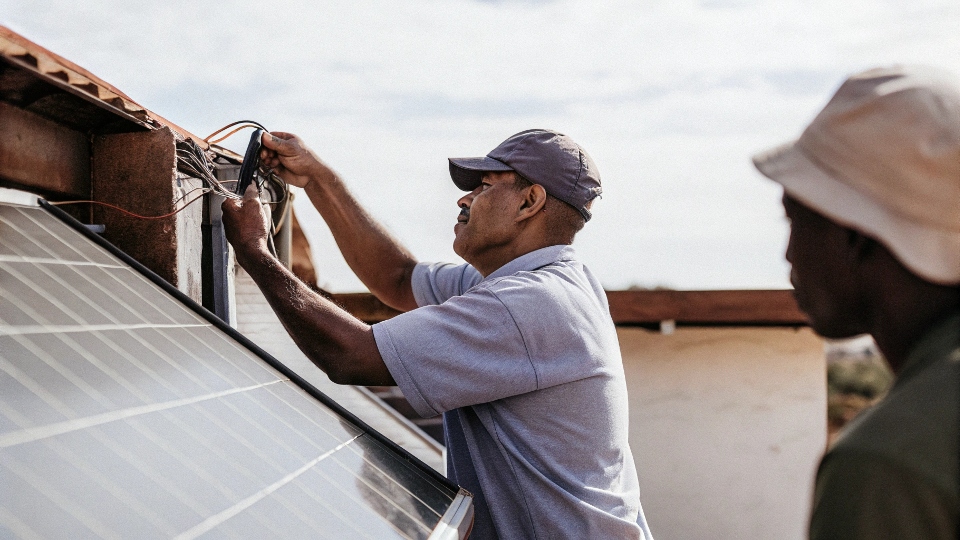
A good maintenance habit prevents most problems before they start. I recommend a simple schedule to my clients. It makes the process easy to remember and follow. You do not need to be an expert to perform these basic checks. They are designed to be simple for anyone.
A Practical Maintenance Schedule
The key is consistency. A little attention on a regular basis is much better than fixing a big problem later. I've broken down the essential tasks into a simple schedule. This structure helps ensure nothing is missed and your pump operates efficiently year-round.
| Frequency | Task | Why It's Important |
|---|---|---|
| Weekly | Check the pump's water inlet for debris. | A clear inlet prevents the pump from clogging or overheating. |
| Monthly | Clean solar panels with water and a soft cloth. | Dust and dirt can reduce power output by over 20%. |
| Monthly | Look at all visible wiring and connections. | Ensures no power is lost from loose or frayed wires. |
| Annually | Measure the water output. | A drop in flow could indicate a deeper issue. |
| Annually | Have an expert check the controller and inverter. | This ensures the brain of your system is healthy. |
How to prolong the life of solar water pumps?
You invested in a solar pump and want it to last for decades. A premature failure would be a disaster. Simple proactive measures can significantly extend the life of your entire system.
To prolong your pump's life, ensure it is correctly sized for your needs from the start. Proper installation is critical, so follow the manual. Also, using high-quality components, from the pump to the panels, prevents early failures and ensures longevity.

I often talk with engineers like Jacky, who design pumps. We agree that longevity starts with the design and the quality of the materials. A well-built pump will always outperform a cheaper alternative in the long run. It is an investment in reliability.
The Importance of Correct Sizing
Getting the size right is the most important first step. A pump that is too small will not deliver enough water. A pump that is too large will cycle on and off too frequently, which wears out the motor and controller. You must calculate your Total Dynamic Head (TDH) and required flow rate accurately. If you get this step right, the pump will operate efficiently without unnecessary stress, adding years to its life.
Quality Matters from the Start
At my company, we focus on building pumps that last. We use permanent magnet motors because they are more efficient and reliable than older designs. Our products meet global standards like CE and IEC. We also conduct tough tests, like 144 hours of salt spray testing, to make sure our pumps can handle harsh conditions. Choosing a quality-certified product is the best insurance for a long service life.
What are the faults of solar water pumps?
Your solar pump has stopped working, leaving you without water. Panic sets in as you wonder what is wrong. Knowing the most common faults makes troubleshooting simple and gets water flowing again.
Common faults often start with the power source, like dirty or shaded solar panels. Other issues include loose wiring, a pump inlet blocked by debris, or an error showing on the pump controller. Checking these few things first will solve most problems.
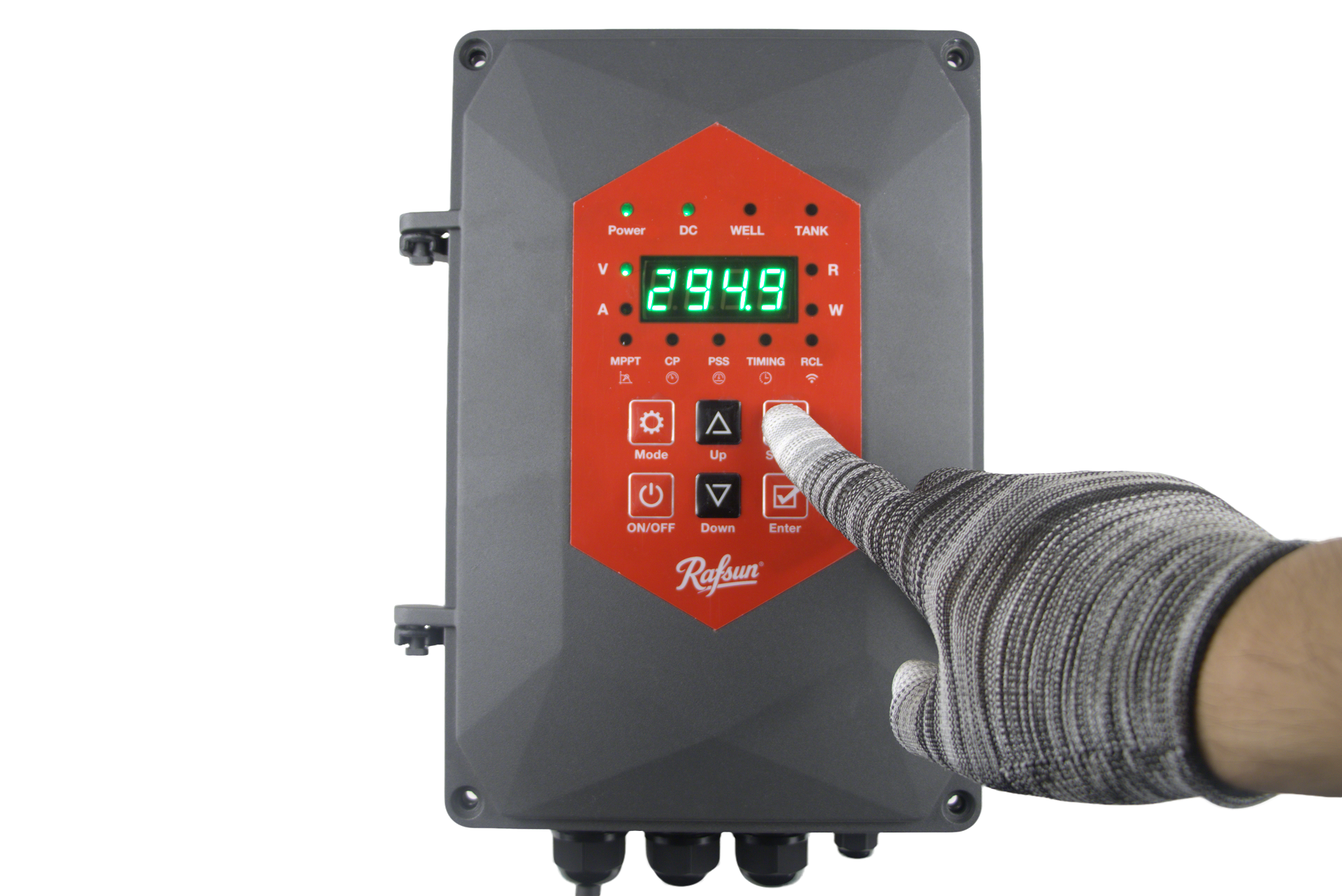
The first thing I tell a customer who calls with a problem is not to panic. Almost all issues are simple and can be fixed with a logical approach. Start with the easiest and most obvious things first, beginning at the power source and working your way to the pump.
A Simple Troubleshooting Guide
When your pump acts up, a systematic check is the fastest way to find the issue. This table follows a logical path from the sun to the water. I have used this exact process to help thousands of customers diagnose problems over the phone.
| Symptom | Possible Cause | Solution |
|---|---|---|
| Pump Not Running at All | No power from panels. | Clean panels. Check for shadows. Ensure full sun. |
| Pump Not Running at All | Loose or damaged wiring. | Check all connections from the panels to the controller and pump. |
| Low Water Flow | Clogged inlet screen or pipe. | Disconnect power. Then, check and clear the pump inlet and pipes. |
| Pump Starts, Then Stops | Low water level in well (dry run). | Check the water level. The pump's dry-run sensor may be active. |
| Controller Shows Error Light | A specific system fault is detected. | Look up the error code in your user manual for the exact cause. |
Conclusion
Solar pumps are a great choice for reliable water access. With simple, regular maintenance and a quality installation, your system will provide clean and free water for many years.


